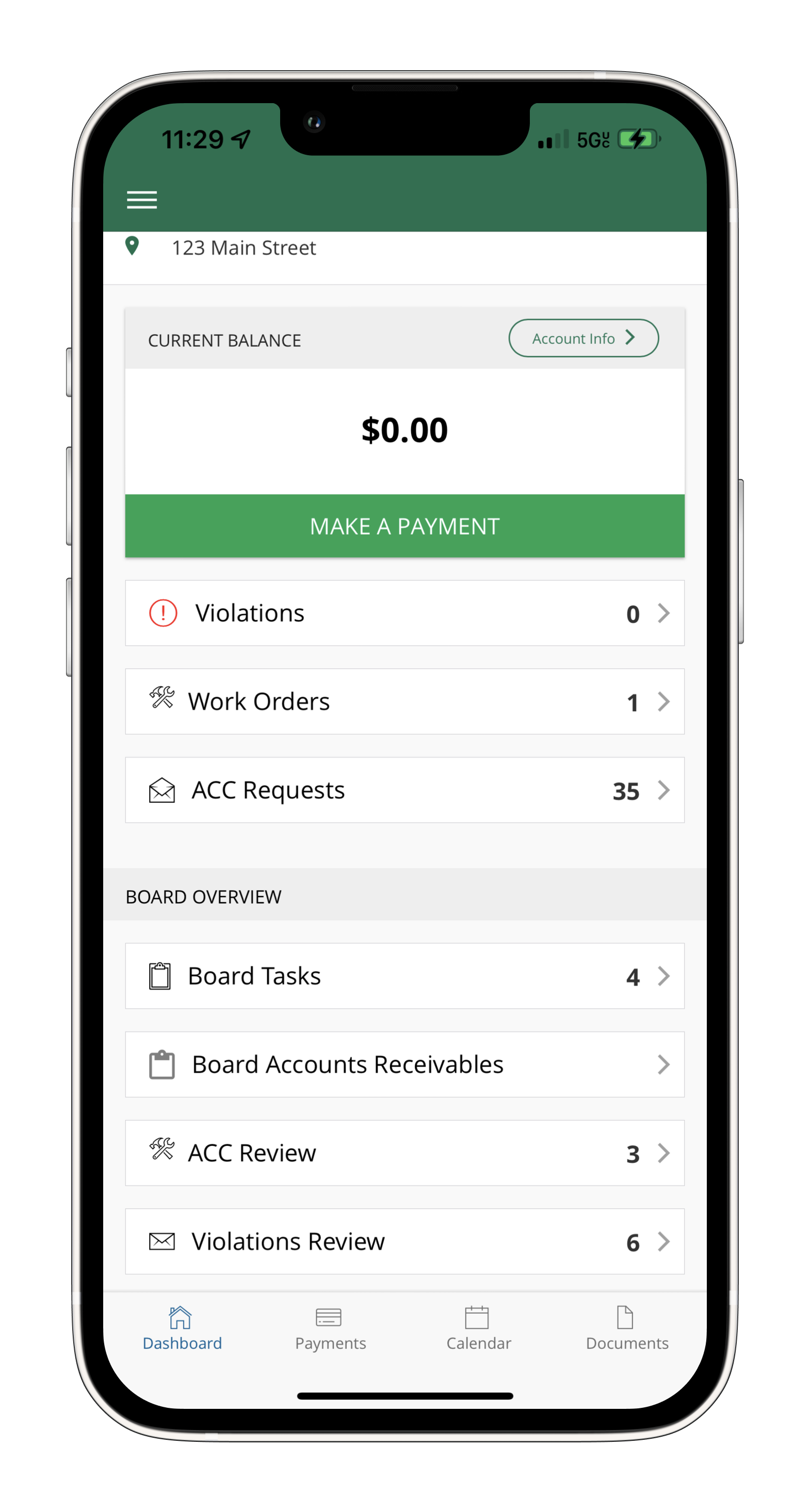
Before Considering an Association Loan, Know These Do’s and Don’ts
December 6, 2018
How Are My HOA Assessments Being Spent?
January 1, 2019
Strategic planning is a methodical process that generates multi-year goals. This valuable tool keep boards strategically focused over time, despite changes in board leadership.
What is a strategic plan?
A strategic plan is a roadmap to guide your HOA to its intended long-term objectives, while ensuring community and financial stability along the way. Strategic planning is a methodical process that generates multi-year goals and strategies, and facilitates their advancement with action plans to guide effective operational decision-making. Once in place, a strategic plan allows your board, community management, and volunteer groups to collaborate on initiatives that will enhance the quality of life for homeowners.
Here are the basic steps we advise HOAs to implement as part of the strategic planning process:
Develop your Mission Statement. This clear and concise declaration will be used to communicate with stakeholders in order to organize and inspire them in working toward the community’s vision. It should encompass the values and intended purposes of the association.
Assess your current status with a SWOT analysis. This is an acronym for Strengths, Weaknesses, Opportunities, and Threats. Strengths include your current capabilities or competitive advantages over other communities. They may include active volunteers or better access to municipal parks. Weaknesses limit your capabilities and may include low reserves and assets that will be needing repairs or replacement. Opportunities are factors that can help your HOA achieve its mission, and may include county subsidies or the availability of new meeting venues. Finally, threats are factors that may stand in the way of your goals, including an unexpected rash of foreclosures and new rival communities.
Develop S.M.A.R.T goals. All community objectives are not equally worthy of consideration and commitment. To ensure that your objectives are feasible, we recommend the S.M.A.R.T. criteria. An objective is worthwhile if it is Specific, Measurable, Achievable, Relevant, and Time-Bound (meaning there is enough time to achieve the goal, but not too much as to cause procrastination or momentum loss).
Communicate the plan. Stakeholder support of the plan is essential, prior to its implementation. Everyone who is directly and indirectly involved in the execution of each objective must be notified, and must understand their roles, from residents to vendors. Widespread support of the plan is vital to attracting volunteers and the resources needed for implementation. Combine reach (the number of people your communications touch) with frequency (the amount of times your audience sees your messages) to ensure that everyone is on board.
Implement the plan. Finally, once everyone is notified, delegate responsibilities accordingly, and hold everyone involved accountable to deadlines and reporting on progress. Appoint a project manager to oversee the organization and completion of all of the action items in the plan, and review the advancement toward each objective regularly at board meetings.
Strategic planning is a continuous, cyclical process. New variables will require calibration, but a solid plan that follows the sequence of steps we described will minimize their impact. If you have any questions about these steps, contact us and we will offer our perspective and guidance to help you.







